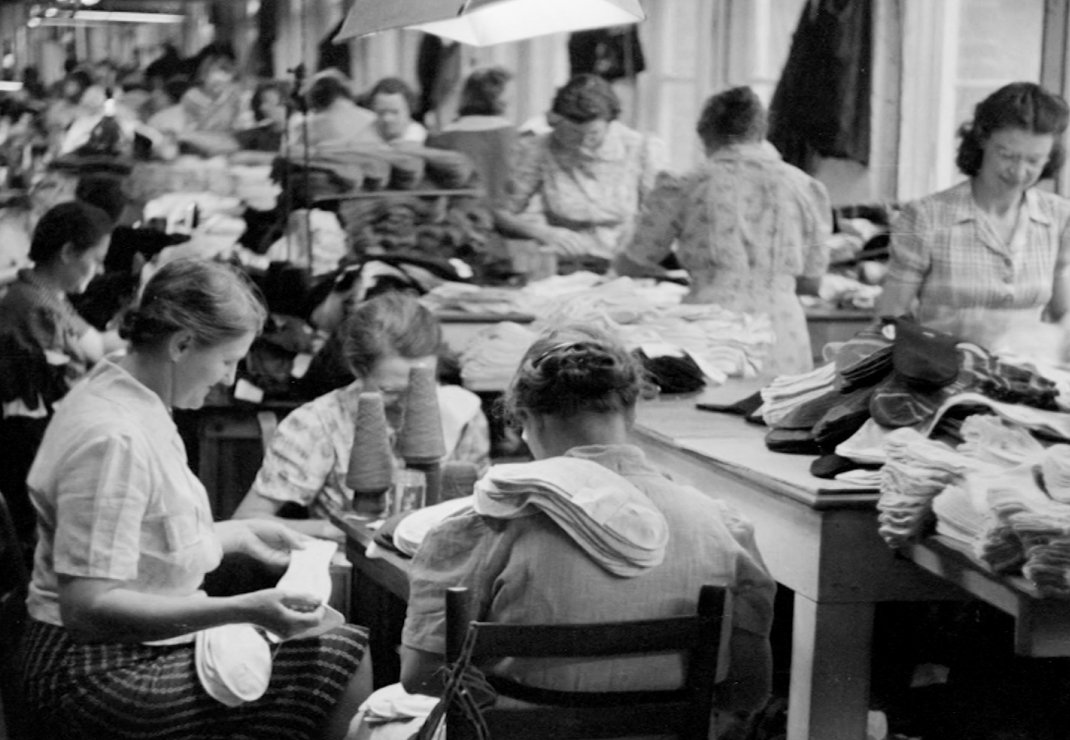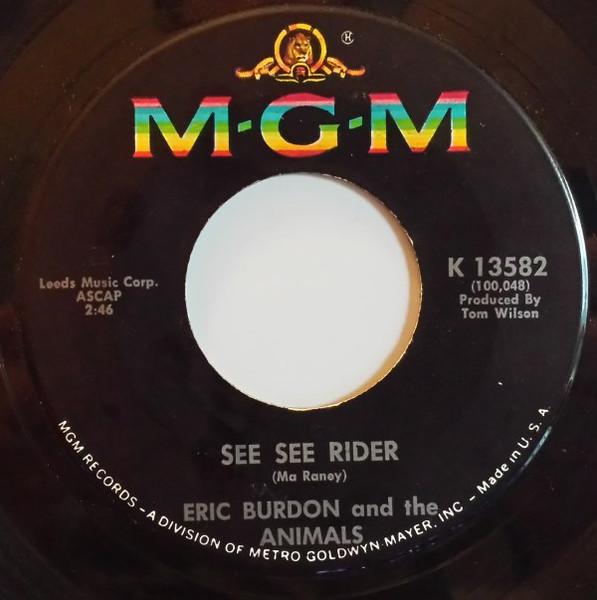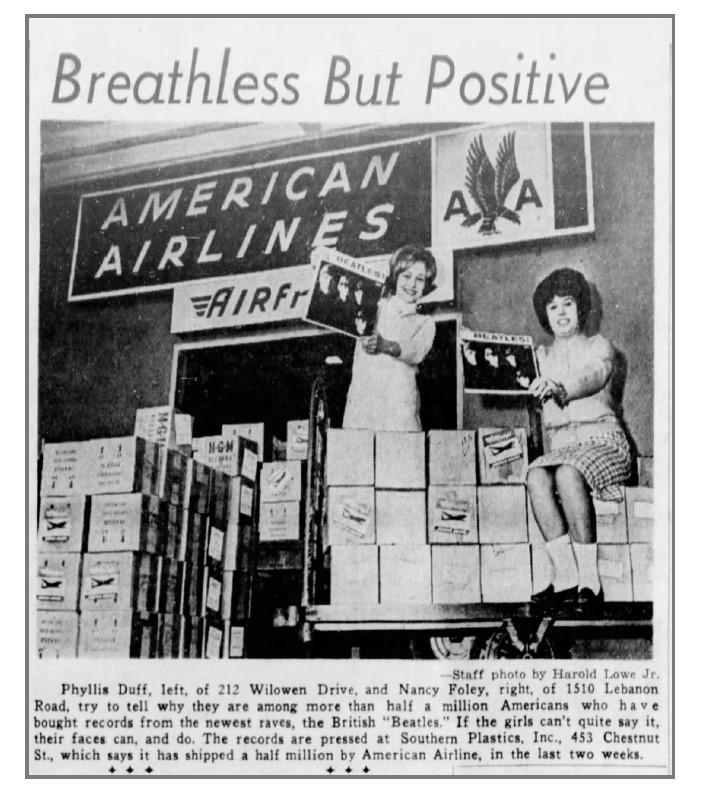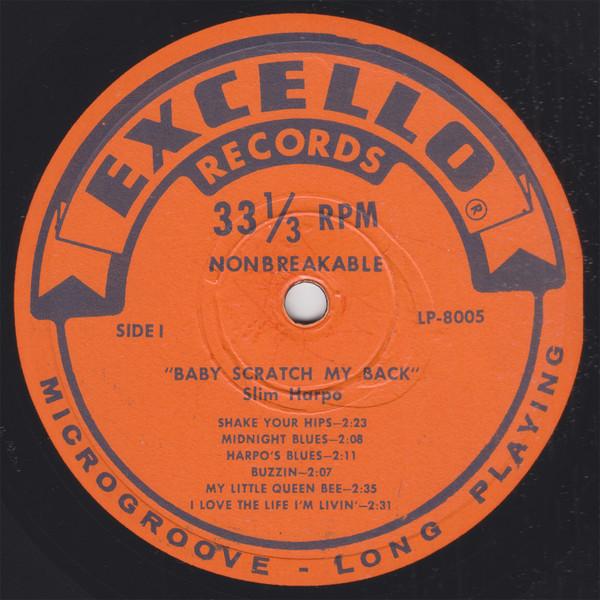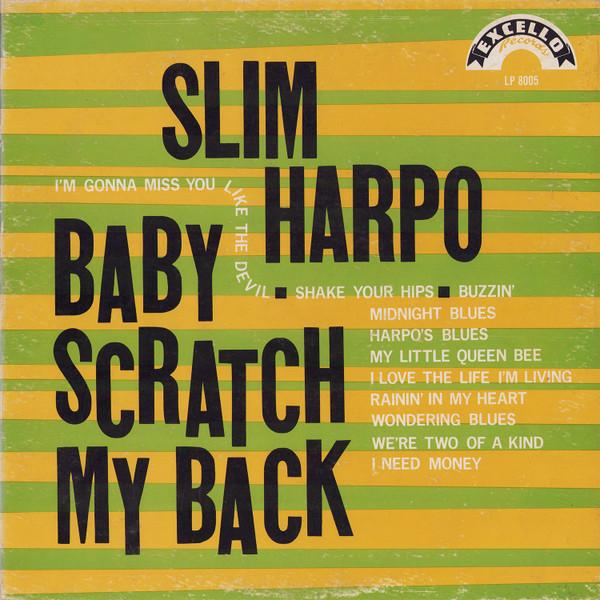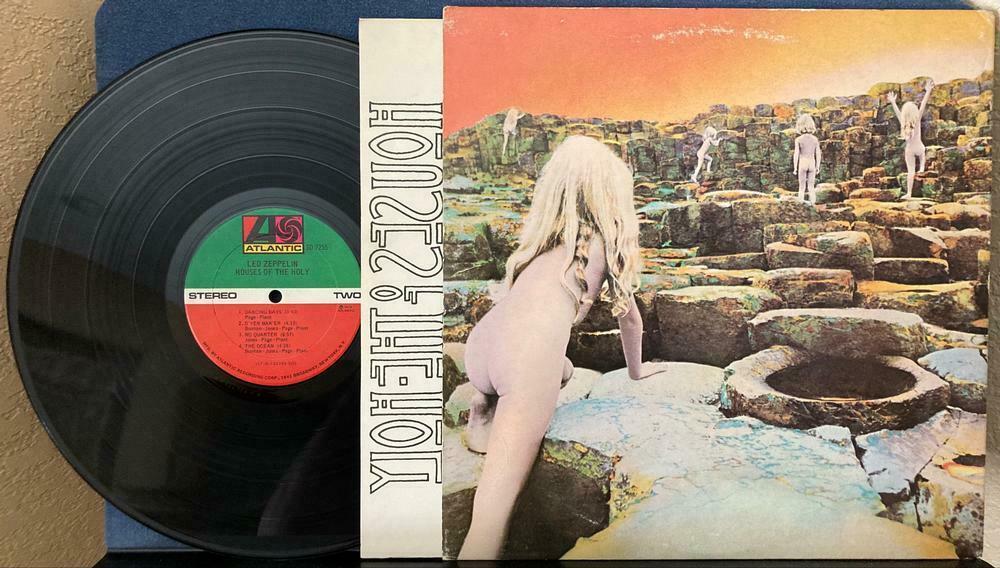
THE First record pressing
plant in the South

“There is no other plant that looks like this in the country. This is an antique.”
The Business Built on A Song
In 1949, RCA invented the 45. The seven-inch single records soon filled jukeboxes in diners and bars across the country. That same year, Nashville musician Francis Craig released the song "Near You" with local label Bullet Records. It became a massive hit. "Near You" took the city—and the country—by storm, becoming the first record in Nashville history to sell over one million copies. Ultimately, it sold five million and spent 17 weeks at number one on the Billboard charts—a record not surpassed until 2019, when "Old Town Road" by Lil Nas X stayed at number one for 19 weeks.
To keep up with the demand for the recording, Bullet created a company called Southern Plastics—later renamed United Record Pressing—and opened a record-pressing plant in Nashville just to make this single. The success of "Near You" had another significant implication for the city: it inspired Bullet's marketing director to open up the first recording studio on Music Row.

Whether under its original name Southern Plastics, or the moniker United Record Pressing, LLC, this Nashville-based company has pressed nothing but vinyl since 1949.
A vintage advertisement from a 1966 issue of Billboard
.jpg)
A Legendary Lineup
United Record Pressing (URP) grew with Rock and Roll, and in 1962, they moved the operation to Chestnut Street. United's founder, Ozell Simpkins, designed the building and all its machines. URP's distinctive blue tile façade was as hip and cool as the albums they were pressing—and remains just as timeless. There, URP made records for some of the greatest names in music, including Stevie Wonder, Michael Jackson, The Four Tops, Smokey Robinson, and Dolly Parton. URP pressed the Beatles' first seven-inch record in North America and recently worked with leading artists like Jack White, The Black Keys, Adele, and Mumford and Sons.
Where Motown Stayed in Music City
By the 1960s, URP was making all of Motown Records' singles. With so few accommodations available for African Americans in the South, URP created what became known as the "Motown Suite," an apartment above the factory to host black artists and producers when they visited the city. Today, the apartment is still in the building, preserved in its timeless mid-century cool as a space for special events and meetings.
.jpg)

